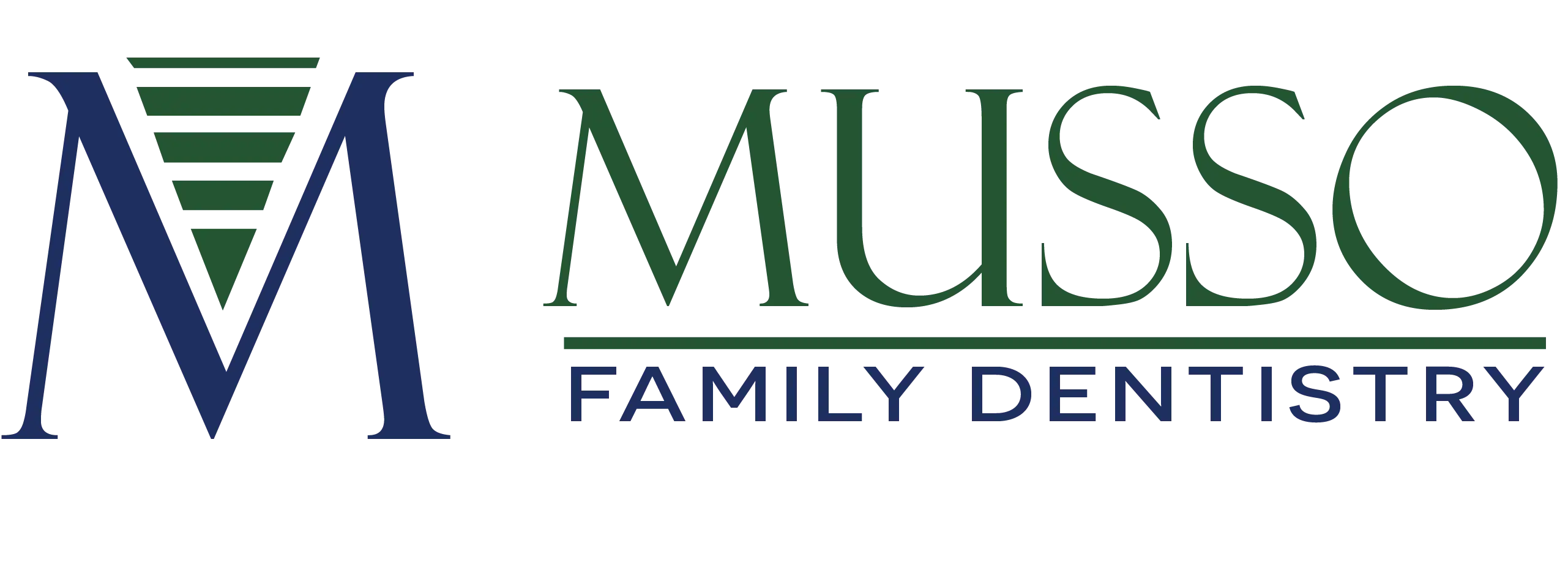Braces
Braces are orthodontic devices that correct misaligned teeth and jaws, addressing crowding and spacing issues, as well as overbites, underbites, and crossbites. Braces gradually apply pressure to teeth over time, using brackets, wires, and sometimes bands, guiding them into their correct positions. This realignment enhances the smile's appearance and improves overall oral health by making teeth easier to clean, reducing the risk of cavities and gum disease, and promoting proper chewing and speech.
The importance of braces extends beyond aesthetics; they play a critical role in preventing long-term dental problems, enhancing functionality, and contributing to overall confidence and well-being by ensuring a healthy, well-aligned bite.
The Braces Treatment Process
Initial Consultation
Getting braces begins with an initial consultation with our dentist in Garland, TX. During this visit, the dentist will evaluate your oral health, examine your teeth, and discuss your dental goals. This assessment typically includes taking X-rays, photographs, and impressions or digital scans of your teeth to create a detailed map of your mouth.
Based on this information, our dentist will develop a customized treatment plan tailored to your needs. This plan outlines the type of braces that will be used, the estimated duration of treatment, and the anticipated results. The dentist will explain the process, address any questions or concerns, and provide a comprehensive overview of what to expect throughout the treatment.
Application of Braces
Once you decide to proceed with the treatment, the next step is the application of the braces. The procedure will begin with thoroughly cleaning your teeth to ensure the dental adhesive adheres appropriately.
The brackets will then be bonded to the front surface of each tooth using a special adhesive. These brackets will be connected by an archwire, threaded through slots in the brackets and secured with small elastic bands or wire ties. The archwire is designed to apply gentle, consistent pressure to the teeth, guiding them into their new positions.
After the braces are applied, the dentist will schedule regular follow-up appointments to adjust the braces, monitor progress, and make any necessary modifications to ensure the treatment stays on track.
Regular Adjustments
Throughout the treatment, regular visits to the dentist are essential for adjusting the braces and ensuring that the teeth are moving as planned. During these appointments, the dentist will check the alignment of the teeth, adjust the archwire tension, and replace elastic bands or other components as needed.
These adjustments typically occur every four to six weeks and are crucial for maintaining the effectiveness of the treatment. The dentist will also monitor the progress of the treatment, address any concerns or issues that arise, and provide guidance on maintaining oral hygiene and managing any discomfort.
Removal of Braces
The braces will be removed once the dentist determines that the teeth have moved into their desired positions. This process involves carefully detaching the brackets and cleaning any remaining adhesive from the teeth. After removing the braces, the dentist may take final X-rays or impressions to ensure the teeth are correctly aligned, and the treatment goals have been achieved.
A retainer will be provided to maintain the new alignment and prevent the teeth from returning to their original positions. Retainers can be fixed or removable and worn according to the dentist's instructions. The use of retainers is a crucial part of the treatment process, as it helps to ensure the long-term success and stability of orthodontic results. Contact us today to learn more.
The Advantages of Braces
- Braces in Garland, TX, help to straighten misaligned teeth and correct irregularities, resulting in a more attractive and symmetrical smile. Improving dental appearance can significantly boost self-esteem and confidence, making individuals feel more comfortable in social and professional settings.
- Properly aligned teeth are easier to clean and maintain. Braces help to correct overcrowding and spacing issues, making it easier to brush and floss effectively. This reduces the risk of developing cavities, gum disease, and other oral health problems associated with misaligned teeth.
- Braces address bite issues such as overbites, underbites, and crossbites, improving the functionality of the teeth and jaws. A corrected bite enhances chewing efficiency, speech clarity, and comfort, allowing for better food intake and digestion.
- By correcting misalignments and bite problems, braces help prevent long-term dental issues arising from untreated malocclusions. These include excessive wear on teeth, jaw pain, temporomandibular joint (TMJ) disorders, and uneven tooth erosion.
- Aligning teeth properly can improve overall health by reducing strain on the jaws and preventing complications that might arise from misalignment. This can lead to fewer visits to the dentist for emergency issues and a lower likelihood of needing more complex dental treatments in the future.
- A straighter, more harmonious smile often improves self-confidence and a positive self-image. The psychological benefits of a beautiful smile can significantly impact personal and professional interactions.
Clear Aligner Option with Invisalign®
At Musso Family Dentistry, we also offer Invisalign®, a trusted clear aligner system that straightens teeth without the use of brackets or wires. These nearly invisible, removable trays are custom-designed to gently shift your teeth into proper alignment. Invisalign is a popular choice for teens and adults seeking a more discreet and flexible alternative to traditional braces. If you're interested in a clear, convenient orthodontic option, ask us if Invisalign is right for you.
Braces are an excellent solution for correcting misaligned teeth and bite issues, enhancing your smile's function and appearance. Visit Musso Family Dentistry at 513 W. Centerville Rd, Garland, TX 75041, or call (972) 840-8477 to schedule your consultation and discover how braces can improve oral health and boost confidence.
Clear Aligners
Botox
Cosmetic Dentistry
Dental Implants
Sleep Apnea Therapy
Dental Veneers
Dental Technology
Chairside Monitors
Cone Beam CT Imaging
Intraoral Cameras
iTero® Intraoral Scanner
Panorex X-Rays
Your First Visit
Dental Cleanings and Exams
General and Family Dentistry
Wax-Up Tooth Models
Night Guards
Tooth-Colored Dental Fillings
Dentures and Partials
Dental Crowns
Dental Bridges
Restorative Dentistry
Orthodontics
Root Canal Therapy
Periodontal Therapy
Oral and Systemic Health
Pediatric Dentistry
Snoring Therapy
TMJ Therapy
Sedation Dentistry
Products
Digital X-Rays
Tooth Extractions
Smile Makeover
Teeth Whitening
Tooth Contouring
Dental Bonding
Visit Our Office
Office Hours
- MON7:00 am - 4:30 pm
- TUE7:00 am - 4:30 pm
- WED7:00 am - 4:30 pm
- THU7:00 am - 4:30 pm
- FRIClosed
- SATClosed
- SUNClosed

